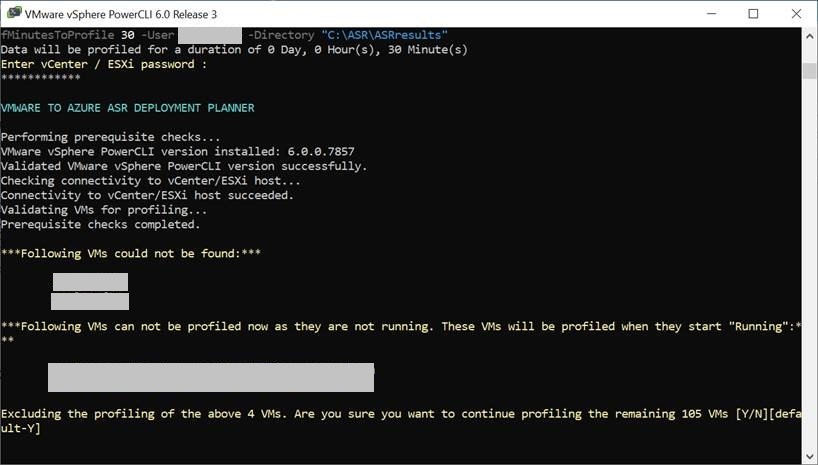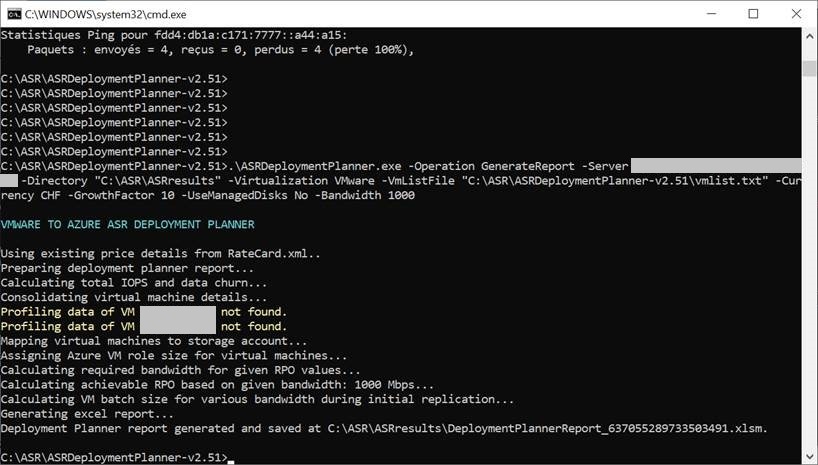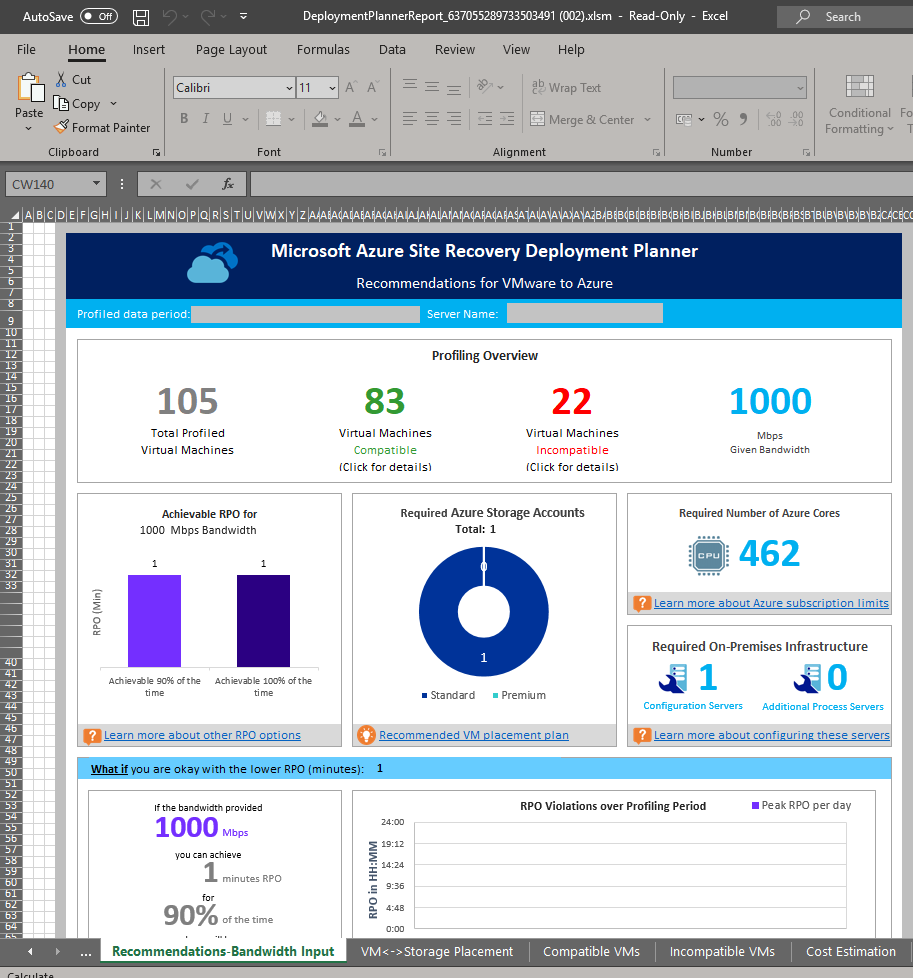Azure Site Recovery is a nice introduction to cloud workload. It allows you to have a Disaster Recovery plan on the cloud. You don’t need a second datacenter in case of a disaster on-premises. You can start all your saved VMs on Azure and start working as usually as if you where on a VPN network.
In order to deploy Azure Site Recovery, You must know what is your on-premises environment, what VMs and servers are compatible and those not. For this, you will need to download the Azure Site Recovery Planner tool.
Start downloading the tool here : http://aka.ms/asr-deployment-planner
1. Install VMWare PowerCLI
https://aka.ms/download_powercli
If you don’t already have a My VMWare account, sign up for a new account otherwise, sign in with your account.
You need to install the version of PowerCLI offered in this link. Other versions with throw an error from ASR tool.
2. On VMWare, generate the file containing a list of all VMs (From the RVTools utility if there is a lot of VMs)
Download RVTools : https://www.robware.net/rvtools/
3. Generate profiling command:
ASRDeploymentPlanner.exe -Operation StartProfiling -Virtualization VMware -Server <vcenter FQDN> -VMListFile "C:\ASR\ASRDeploymentPlanner-v2.51\vmlist.txt" -NoOfDaysToProfile 0 -NoOfMinutesToProfile 30 -User <vcenter admin user> -Directory "C:\ASR\ASRresults"
You may leave this auditing work at least 7 days in order to get the full usage of your datacenter (Week days usage and weekends/night usage) Make sure the user session isn’t disconnected by default after some hours (RDP configuration) on the server where this tool is running.)

4. Once the audit is finished, generate the report command :
ASRDeploymentPlanner.exe -Operation GenerateReport -Server <vcenter FQDN> -Directory "C:\ASR\ASRresults" -Virtualization VMware -VmListFile "C:\ASR\ASRDeploymentPlanner-v2.51\vmlist.txt" -Currency CHF -GrowthFactor 10 -UseManagedDisks No -Bandwidth 1000

Set your currency and the available bandwidth for your Azure connection.
You have now a nice report explaining exactly what you need on Azure for your Site Recovery architecture.

